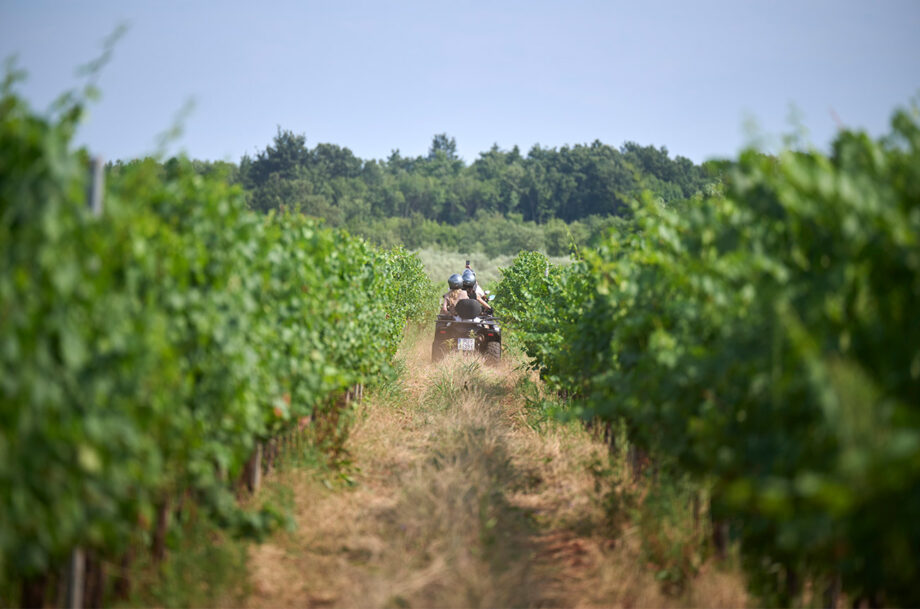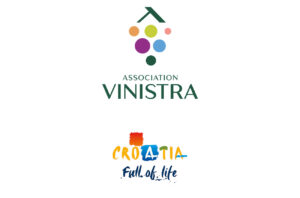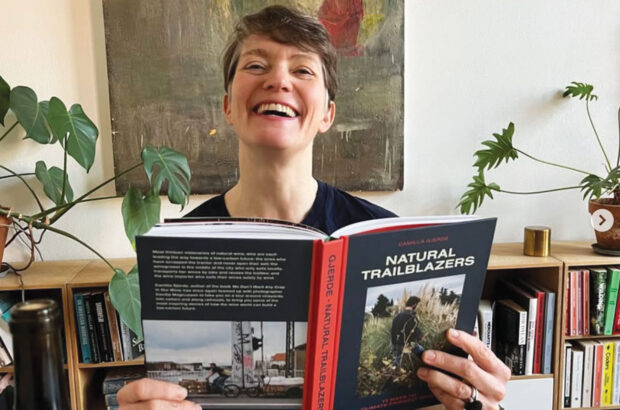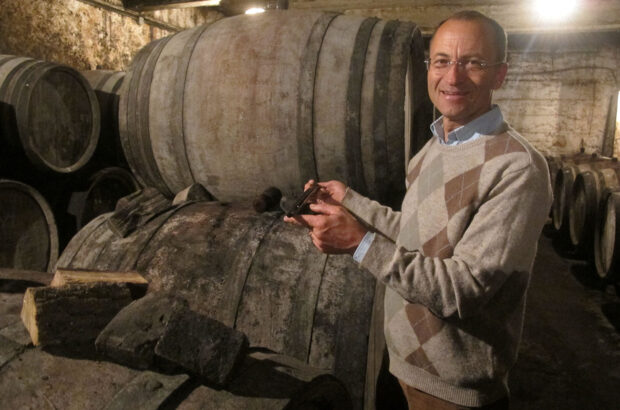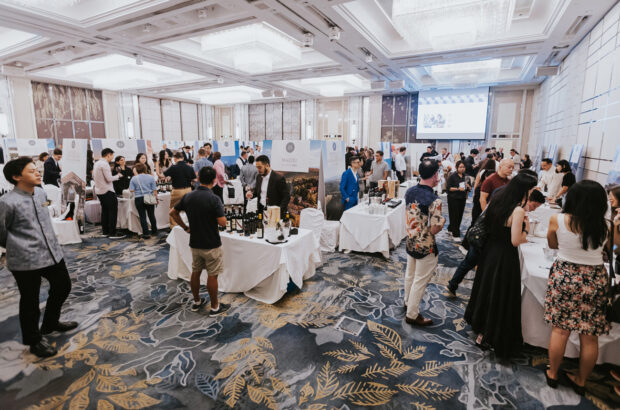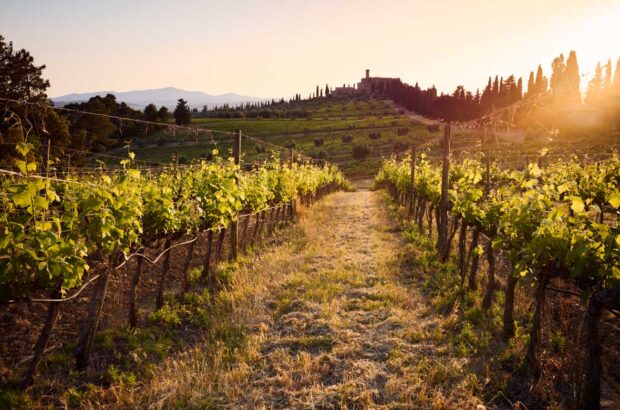The Istrian peninsula is almost an island – surrounded on three sides by the Adriatic, with its northern edge formed by the foothills of the Julian Alps. As well as Istria’s long history of winemaking and distinctive culture, its geology and climate give the region’s wines a unique point of difference.
The bedrock of the peninsula is karst, formed from carbonate rocks such as limestone and dolomite, and is full of caves, fissures and sinkholes (you can experience the landscape from below by visiting one of Istria’s caves). This fractured karst bedrock means vines can root deeply to find water, so even in the typical warm, dry summers, irrigation is rarely needed.
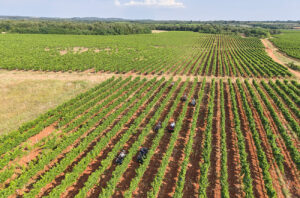
The region’s vastly different soils shape the diversity of Istrian wines.
The winemaker’s palette
Any visitor travelling across Istria soon notices its distinctively coloured topsoils. Rust-red, iron-rich terra rossa dominates in the south, west and along the coast, while the striking grey and white flysch soils are found in the hilly north and east. There are rare patches of loess and sand by the coast too. Each soil gives its own character to the wines produced here. The local Malvazija Istarska variety is particularly expressive, yielding structured wines on the clayey red soils and more fragrant, floral wines on the paler soils.
Further shades on the soil palette come from accumulations of humus, forming black and grey soils that bring fruitier notes. Teran too produces varied expressions depending on the soils, and particularly suits the grey and white soils around the charming hilltop town of Motovun – which is gaining a reputation as the grape’s ‘grand cru’.
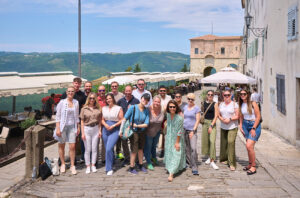
Exploring Motovun’s old town: in July 2025 Vinistra organised a study trip for wine experts.
A complex climate
The other key part of Istria’s terroir is its climate. Winters are mild and summers are warm – Mediterranean influences from the Adriatic meet cool winds and night-time chill from the nearby Julian Alps. Three major winds blow constantly, keeping vines naturally healthy and disease-free: the Bura, a cold, northerly wind; the Maestral, a mild, onshore summer breeze; and the Jugo, a warm, wet wind from the south.
It’s a harmonious combination: ample summer sunshine brings fruit ripeness, while breezes and cool nights preserve acidity in the grapes. These conditions are ideal – not just for impressive wines, but also for visitors looking to enjoy Istria’s wonderful climate.
All photographs Vinistra/Merlo de Graia.


